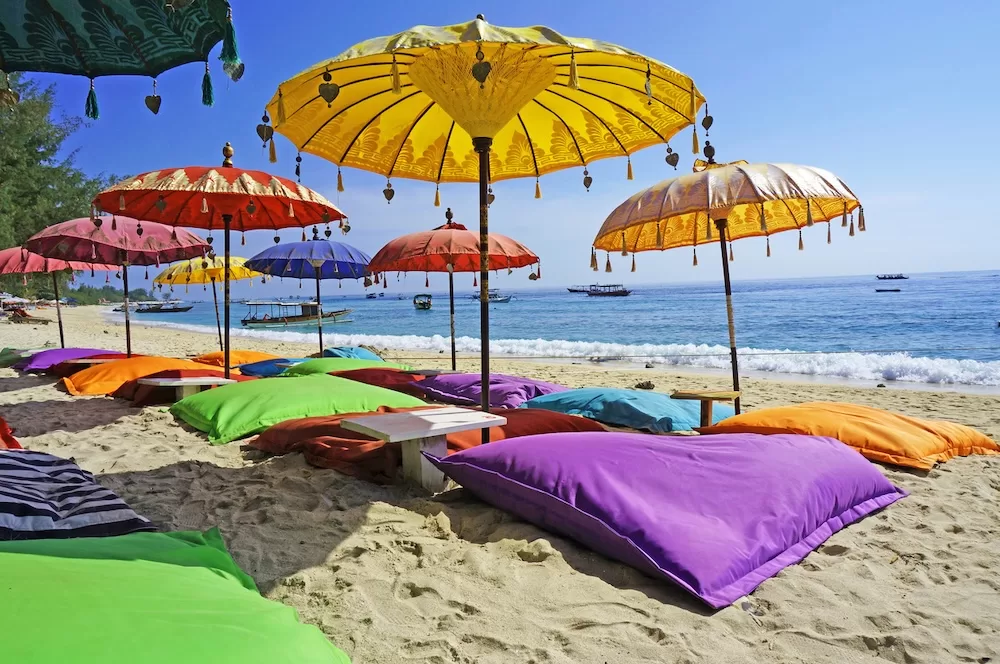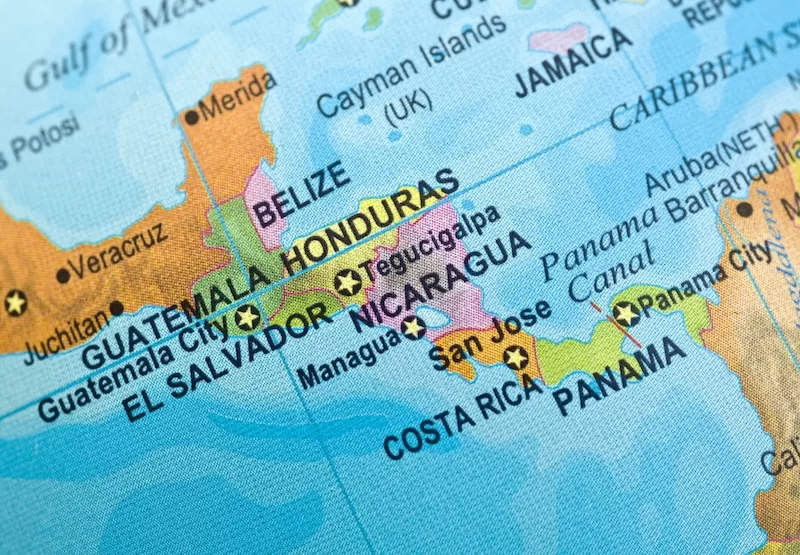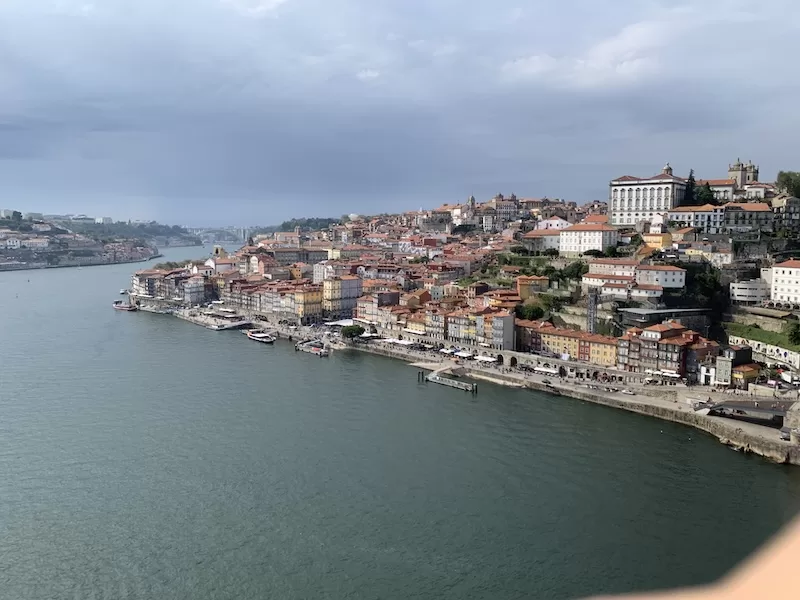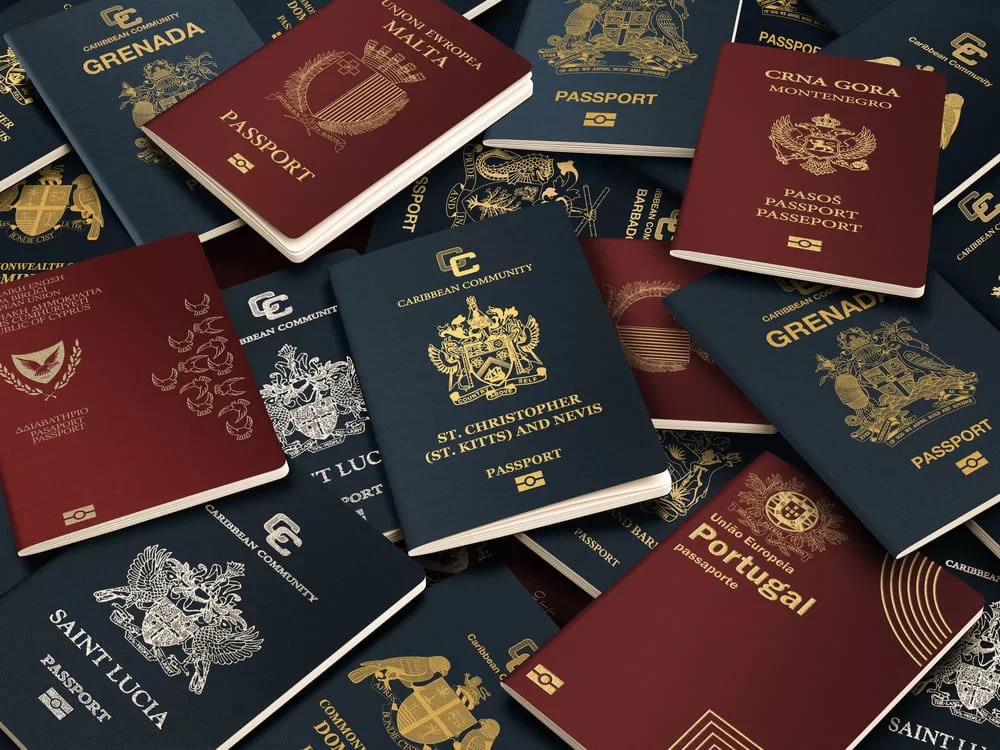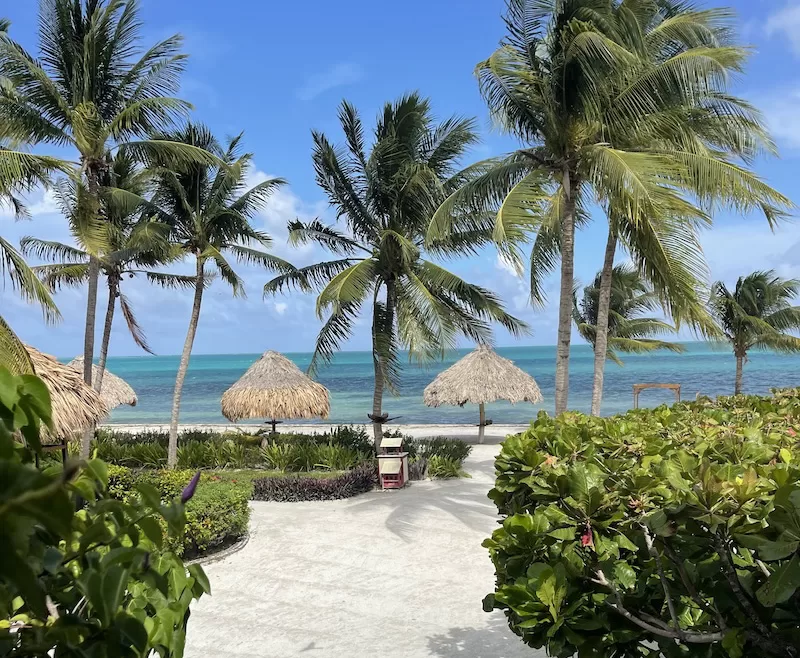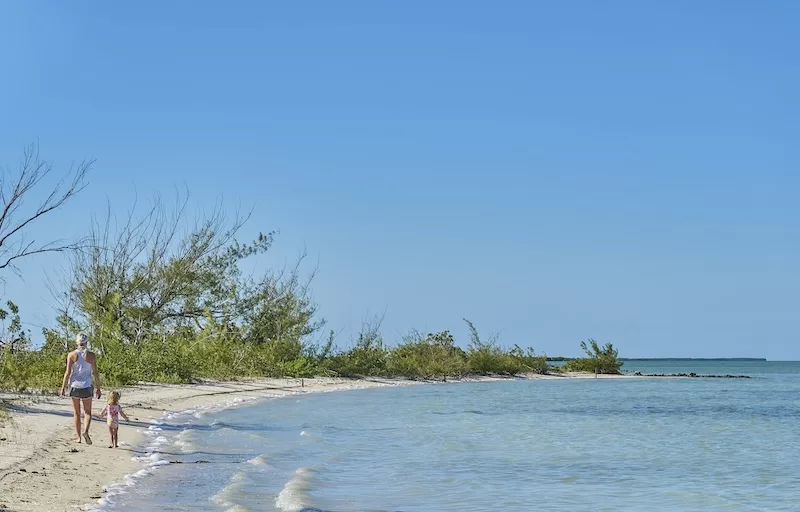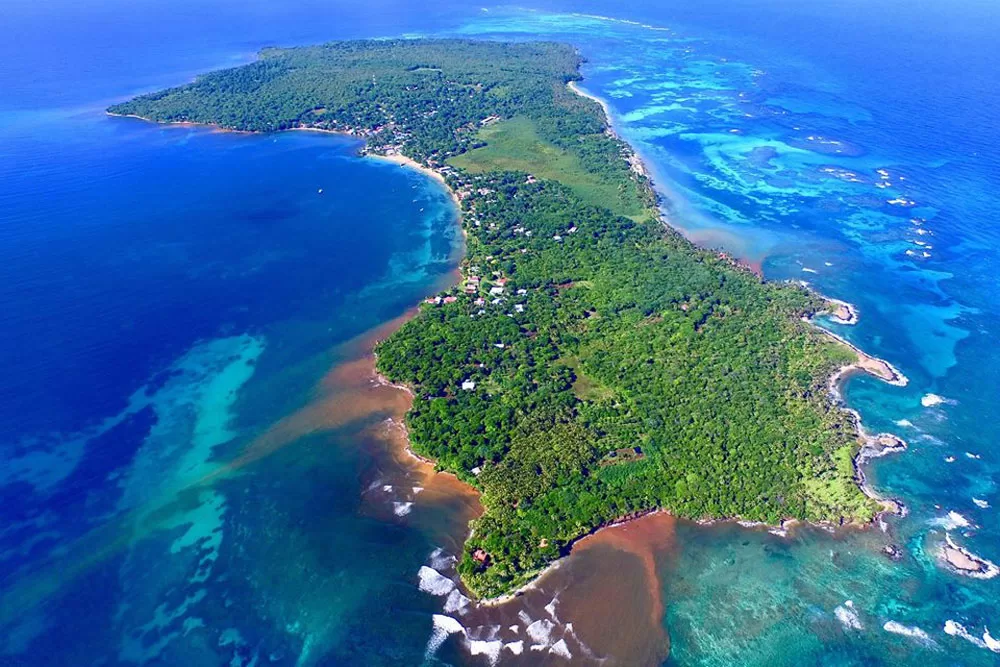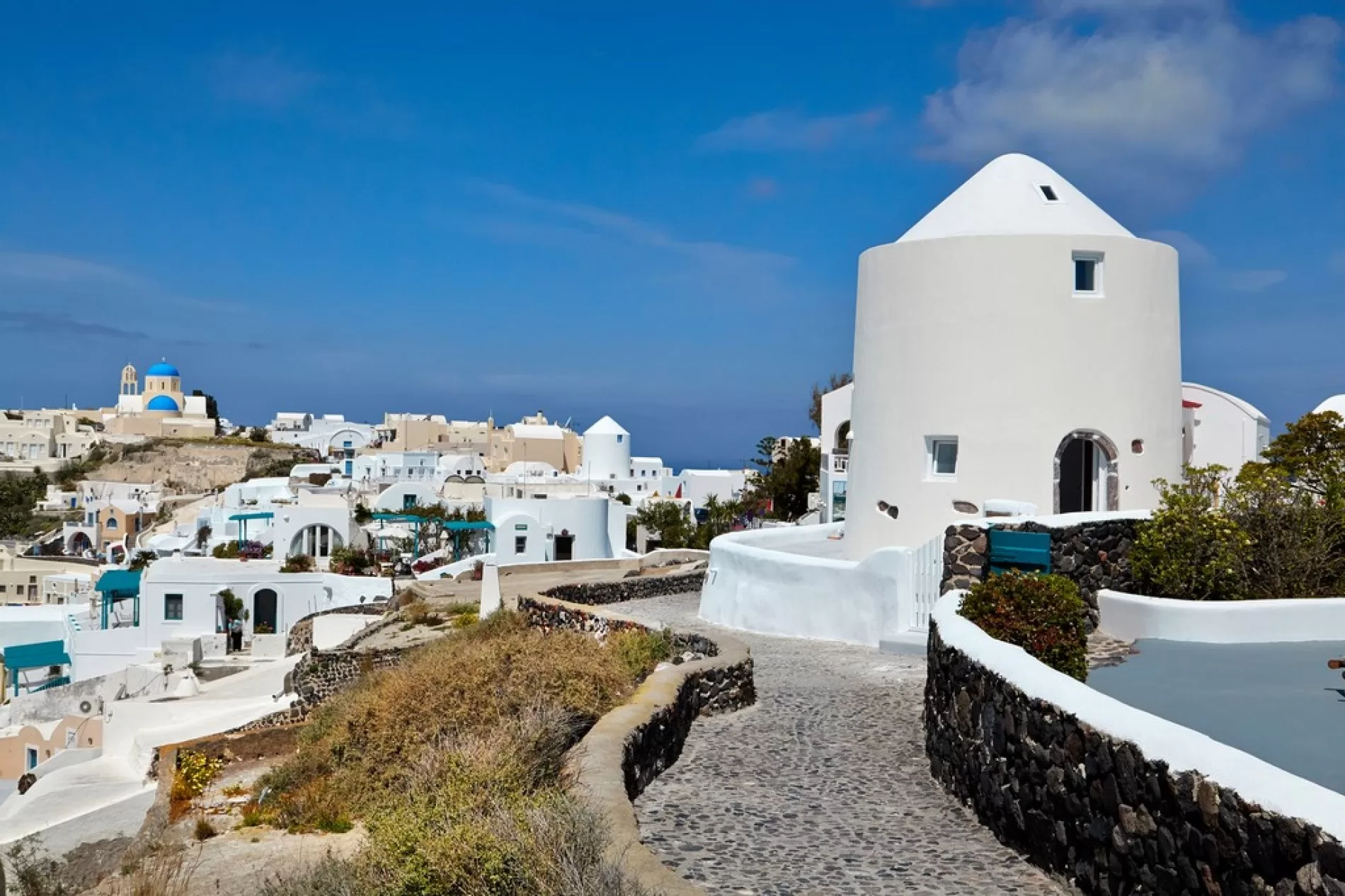It’s that time of year again. From late July through August, everybody and her mother are going somewhere. Whether you’re planning a European adventure, a vacation in Latin America or a beach break in the Caribbean, you’re likely to come face-to-face with travel trouble.
Peak season is a perfect storm of travel hassles, even without the sort of massive tech outage that grounded countless flights on Friday and stranded travelers around the world. Over July Fourth weekend, the US Transportation Security Administration (TSA) set an all-time record for single-day passengers, with more than three million. Those numbers are sure to remain high through August.
Extreme Weather and Unwelcome Guests
Wildfires and extreme weather events like hurricanes are most common in summer, and last year July saw nearly 8,000 flight delays in the US, according to federal data, the most since 2016. It’s no surprise, then, that air travel is getting more difficult: last year the US Transportation Department received nearly 97,000 complaints, a 13 percent increase from 2022.
Speaking of extreme, in the southern US, Latin America, and southern Europe, temperatures in July and August regularly climb into the triple-digits nowadays, making day-time activities difficult and putting many travelers at risk of health issues.
Summer also tends to be when airline workers go on strike, to ensure their walkout is felt in the boardroom. The mechanics of Canada’s second-biggest carrier, WestJet, walked off the job a few weeks ago, leading to 1100 flight cancellations and headaches for some 150,000 travelers. Now the flight attendants of United Airlines are threatening a strike of their own, which could have a seismic impact on global travel.
Finally, if you are ultimately able to reach your destination, there’s a distinct possibility you may not feel terribly welcome. Several of the world’s top destinations have begun embracing policies and initiatives that make it slightly more difficult to visit. Barcelona, where “Tourists go home” graffiti has become common, has outlawed short-term rentals like Airbnb, though the policy won’t be in full effect for a few years.
Lisbon and Porto, Portugal, have also placed limits on short-term rentals. A few months ago, Venice became the first city in the world to charge day-time visitors an entry fee (5 euros). Amsterdam has curbed the number of cruises that can stop in its port and launched a “Stay Away” campaign that aims to keep out visitors looking to party. Locals in several major summer hotspots have taken to the streets to protest against tourist overcrowding, including Barcelona, Venice, Dubrovnik, and the Canary Islands.
Ease Your Worries
So what’s a peak-season traveler to do? First, take a deep breath. This is vacation, after all, and it should be about reducing stress. Second, are you able to get there by train? If so, it’s often a smoother journey, especially in summer.
Third, consider alternative destinations. If you were thinking Barcelona, maybe consider Madrid, Seville, Marbella or Bilbao – they all have considerable charms. If you’re thinking Paris, maybe just go for a day and then head off to Bordeaux or Marseille. In fact, Scandinavian destinations like Copenhagen and Stockholm have seen a spike in bookings this year as tourists seek to get away from the crowds and heat of more popular spots like Greece and Italy.
Indonesia recently launched a sharp tourist campaign called “10 New Balis” – hoping to direct some of the love travelers have for that iconic province to 10 other domestic destinations. It’s an idea that could work around the world. I’d say we’re ready for “10 New Venices”, “10 New Pragues”, “10 New Miamis” and so on.
More Relaxing Emerging Destinations
A brilliant new satirical tourist ad from Norway perfectly captures this emerging shift in travel thinking. A 31-year-old Oslo native is seen in various spots across the city, while in voice-over he explains why he’s not a fan of the Norwegian capital. “I wouldn’t come here, to be honest,” he says as the ad opens. “I mean, is it even a city?”
Around him people are relaxing in the park, diving into the Oslofjord, strolling the sweeping roof of the Oslo Opera House, and generally having a lovely, relaxing time. “It’s just so available, y’know. There’s no exclusiveness,” he adds before visiting a museum. “If you don’t have to stand in line for a couple of hours, is it even worth seeing?”
A place like that sounds like a perfectly reasonable solution to the growing problem of summer travel hell. Maybe it’s time to take the road less traveled.



